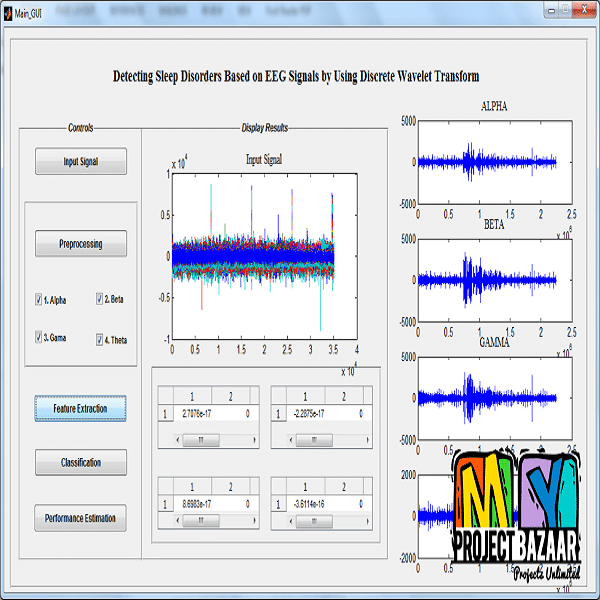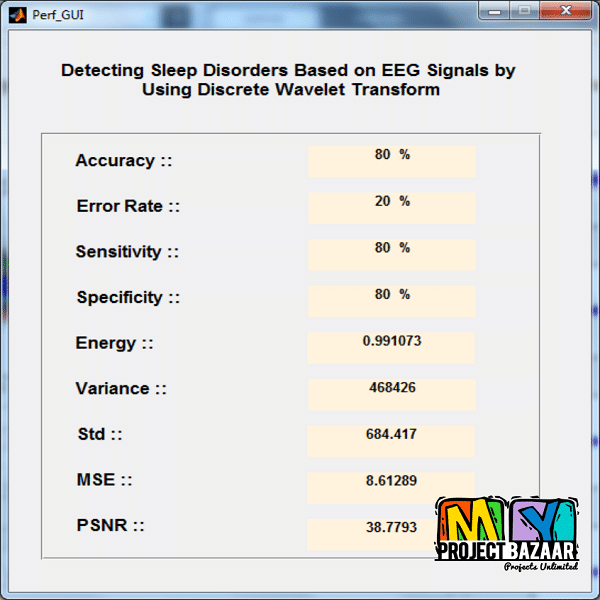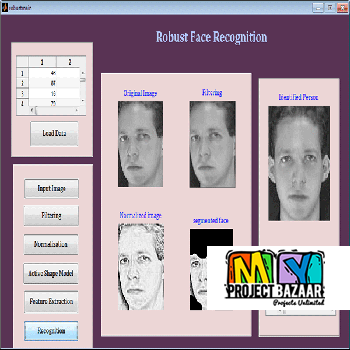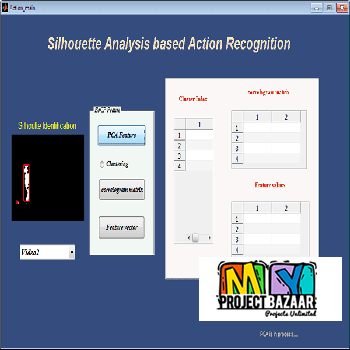Detecting Sleep Disorders Based on EEG Signals by Using Discrete Wavelet Transform
Product Description
An Energy Efficient Cross-Layer Network Operation Model for IEEE 802.15.4-Based Mobile Wireless Sensor Networks
Abstract-The Electroencephalogram (EEG) is one of the useful biosignals to detect the sleep disorders. This paper discusses on the changes in the electrical activity of the human brain related to distinct sleep disorders. The EEG data has been collected from PhysioNet database. The purpose of the research is to detect the different human sleep disorders through Electroencephalogram (EEG) signal with time-frequency analysis by receiving information from the internal changes of brain state. The paper presents the detection of sleep disorders based on some salient features of EEG signal. For this purpose seven different disorders have been specified such as sleep breathing disorder, rapid eye movement behavior disorder, periodic leg movement disorder, insomnia disorder, narcolepsy disorder, nocturnal frontal lobe epilepsy disorder, bruxism disorder and with them one healthy subject . Several EEG records have been collected for these sleep disorders and analyzed using discrete wavelet transform. The discrete wavelet transform (DWT) is used to extract different significant features from the analyzed signal by computing the subband coefficients and evaluating statistical measures like energy, variance, waveform length and standard deviation which are used to detect different sleep disorders.
Including Packages
Our Specialization
Support Service
Statistical Report

satisfied customers
3,589
Freelance projects
983
sales on Site
11,021
developers
175+Additional Information
| Domains | |
|---|---|
| Programming Language |

















